Matiu Ratana: Man guilty of murdering Met Police sergeant
- Published

Sgt Matiu Ratana was head coach at East Grinstead Rugby Club
A man has been found guilty of murdering a Met Police sergeant by shooting him in the chest with an antique gun he had smuggled into a south London custody centre.
Sgt Matiu Ratana, 54, died of a chest wound after being hit by two bullets at Croydon's Windmill Road custody block on 25 September 2020.
Louis De Zoysa, 25 and from Surrey, had claimed diminished responsibility.
But a jury at Northampton Crown Court ruled he had acted deliberately.
He will be sentenced on 27 July.
During the three-week trial, the jury was shown distressing video footage of the New Zealand-born sergeant being hit by the first of three shots discharged by De Zoysa.
A second bullet struck him in his thigh before De Zoysa was wrestled to the ground by other officers.
Sgt Ratana, who was known as Matt, died of his injuries in hospital.
Footage shows arrest and detention of man accused of shooting police officer in custody
De Zoysa, who was living in Banstead, Surrey, was left with brain damage after a fourth shot which he fired while on the floor hit an artery in his neck.
He now uses a wheelchair and has communication difficulties.
When he was arrested in London Road, Norbury, officers did not find the antique Colt .41, 1895 double action revolver he had on him which he had legally purchased over the internet. It had been loaded with six rounds of ammunition which he had made himself.
They did discover a bag contained seven bullets and cannabis, and he was taken into custody.
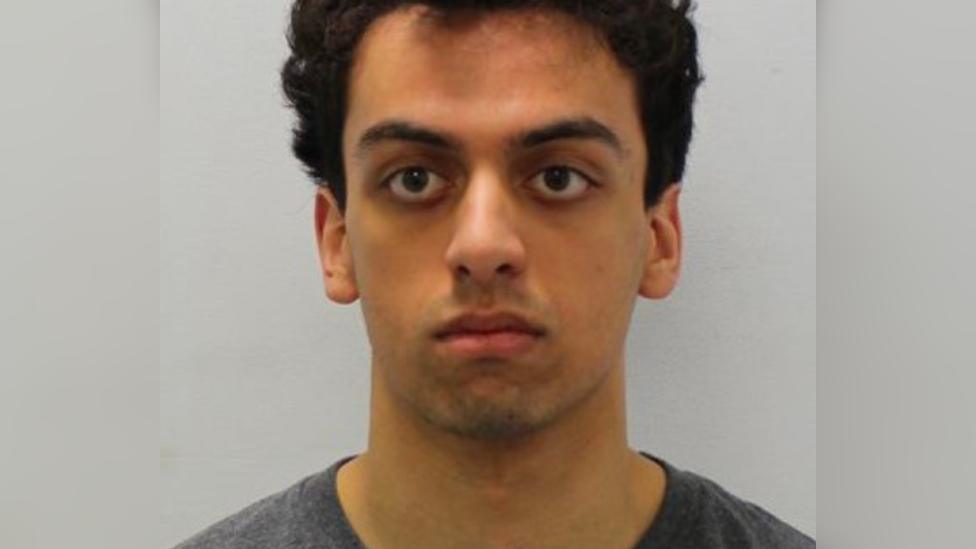
De Zoysa bought the antique revolver in an online auction in June 2020
During the trial, prosecutors said De Zoysa "retrieved" the 128-year old weapon from a holster under his left arm, while handcuffed to the rear, as he was being transported to Windmill Road in a police van.
CCTV evidence suggested he managed to get hold of the gun - which has now been made illegal - with his right hand about 16 minutes before the shooting and then hid it in the back of his overcoat.
Speaking outside the court, Sgt Ratana's partner Su Bushby said: "Today is about justice for Matt.
"His life was taken too soon in the line of duty doing a job that he loved - a cruel end to a lifetime of service and dedication protecting others."
She said although the trial was now over, "the constant feeling of grief and loss continues".
"My love for Matt, my gentle giant, will never end. He will never be forgotten."
Watch: Tributes for murdered Met Police sergeant Matiu Ratana
Speaking after Ms Bushby, Met Police Commissioner Sir Mark Rowley said he was "inspired by the strength" she had shown.
He said he believed "more lives would certainly have been lost" without the courage of the officers who were on duty.
"Officers never have a perfect picture of what awaits them at the next incident... I'm immensely proud of their professionalism and their bravery."
Sgt Ratana had joined the Met in 1991 and a year later he was just 300m from an IRA bomb that exploded outside 10 Downing Street.
He was an avid tennis player, winning the men's doubles title at the Police Athletic Association championships in 2000. He also led rugby teams in Worthing and was a coach at East Grinstead Rugby Club, where he has been remembered with a statue.
Sir Mark described the sergeant, who was months away from retirement age, as an outstanding officer who "treated everyone with respect, with compassion and with good humour".
"Whether it was on the streets or in the custody centre, as a uniformed police officer, on the rugby field or later as a coach, it's clear that he was someone who made an enduring impact wherever he went," he said.

How did a handcuffed man shoot a police officer?
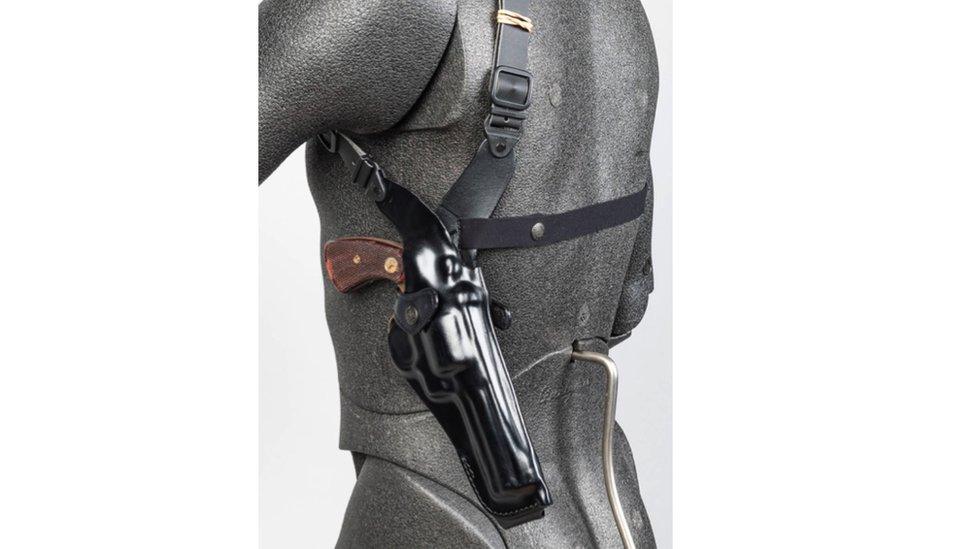
A police image showing how the revolver was being carried by Louis De Zoysa
Louis De Zoysa had been carrying an antique Colt revolver under his left arm in a holster as he travelled across south London.
The arresting officers checked De Zoysa's bag, his waistband and frisked his legs, but missed the gun. They also did not have a metal detector with them in the police van.
Detectives believe the 25-year-old was able to move the gun from the holster to his hands as he travelled in the vehicle, despite them still being cuffed behind his back.
The court heard how De Zoysa has hypermobility, where a person's joints have an above-average range of motion
This ability allowed him to manoeuvre the gun from the holster to his hands and keep it hidden behind his back, the jury heard.
Find out more here.

Following Sgt Ratana's murder, the police watchdog, the Independent Office for Police Conduct (IOPC), has recommended that handheld search wands - metal detectors - should be introduced in all response vehicles and those used to transport those that have been detained.
The National Police Chiefs' Council (NPCC) is now exploring their implementation.
The Met said within weeks of the murder it had began a roll-out of hand-held search wands to all its police vehicles used to transport suspects.
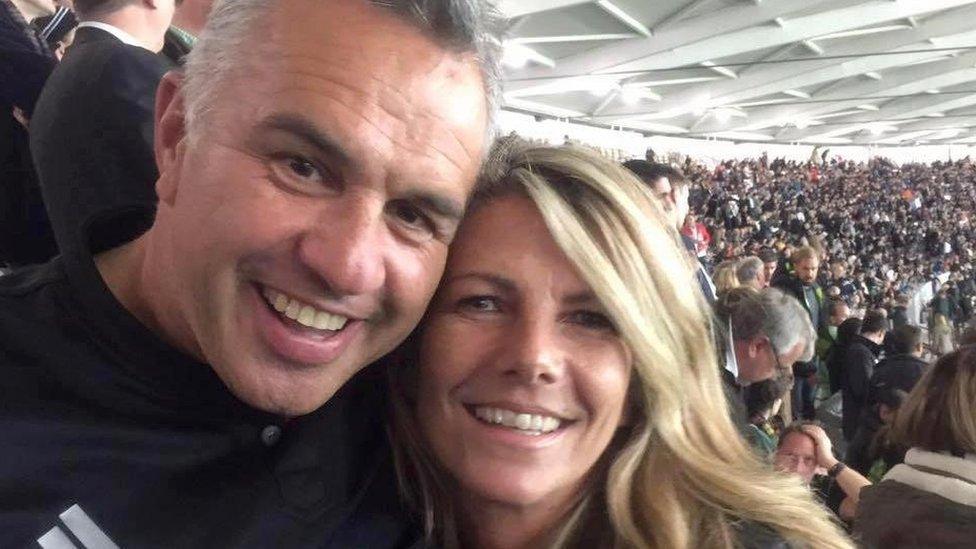
Sgt Ratana's partner Su Bushby said he would never be forgotten
The IOPC's director of operations, Amanda Rowe, said she hoped the recommendation would "improve officer safety and help to prevent detained persons from being able to harm themselves or others in custody".
She added their investigation of the incident found that two officers could have conducted a more thorough body search of De Zoysa on the street, during which ammunition was found but not the firearm.
However, their actions were found to not be in breach of the police standards of professional behaviour.

Follow BBC London on Facebook, external, Twitter , externaland Instagram, external. Send your story ideas to hellobbclondon@bbc.co.uk, external
Related topics
- Published23 June 2023
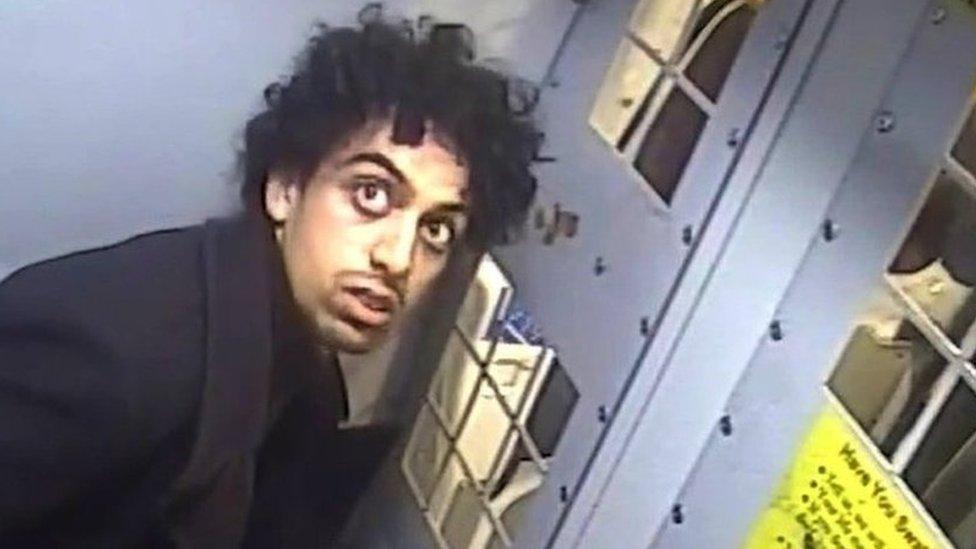
- Published7 June 2023

- Published16 June 2023
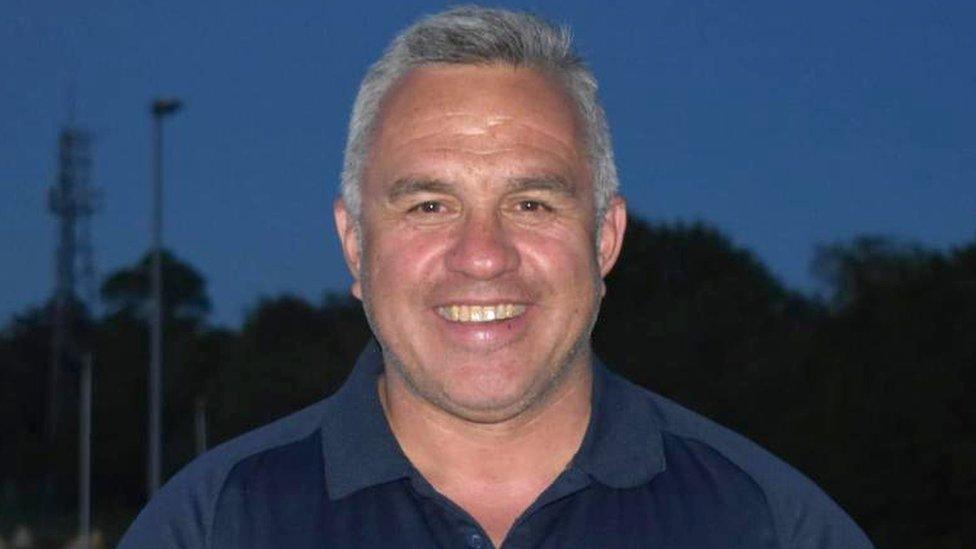
- Published9 June 2023
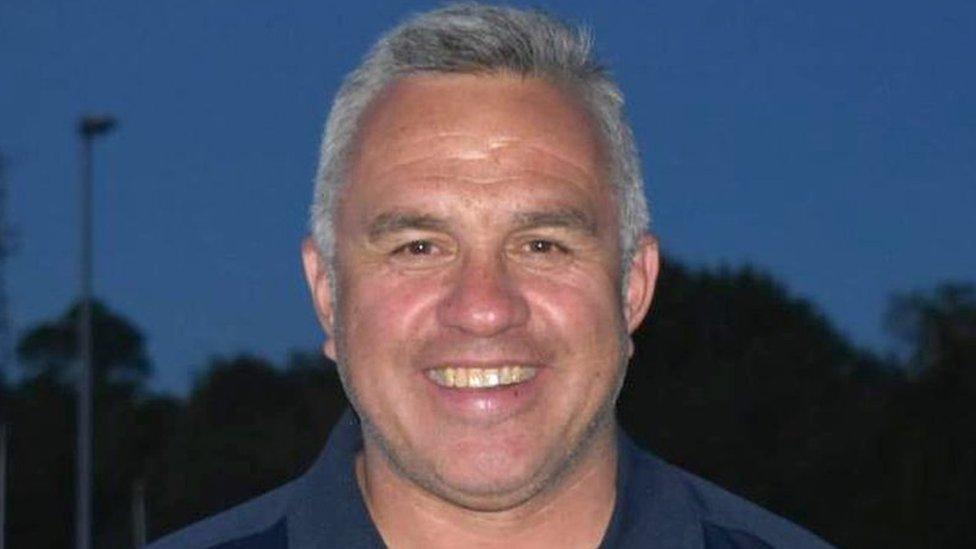
- Published6 June 2023
